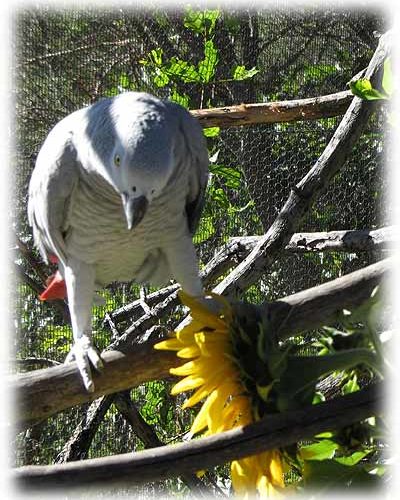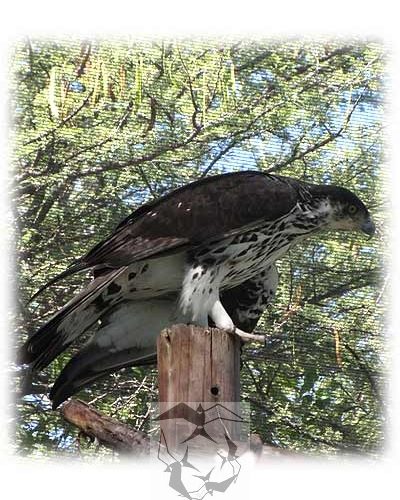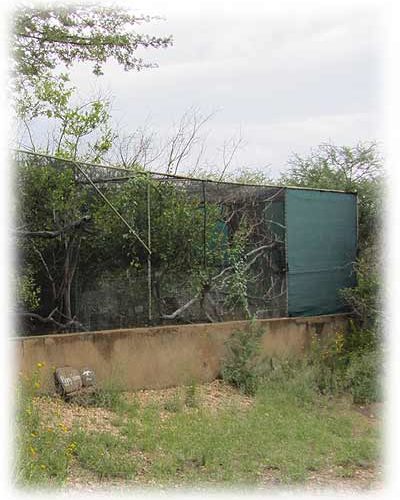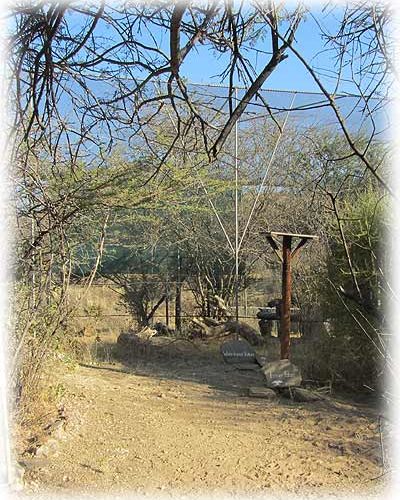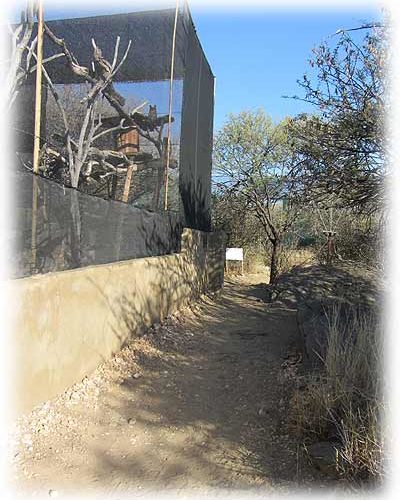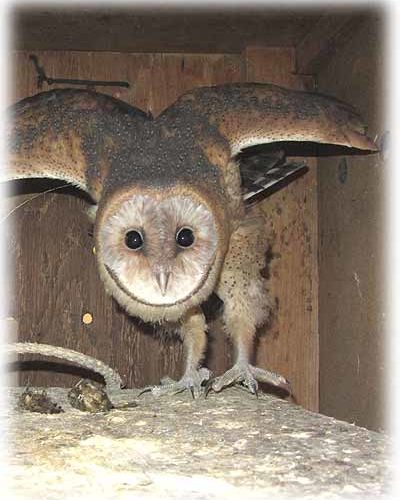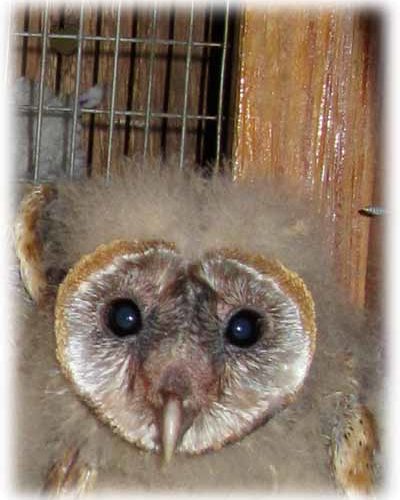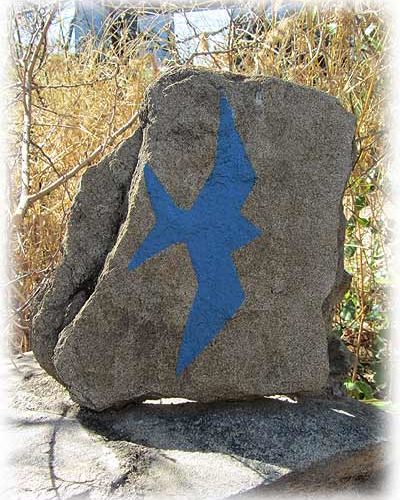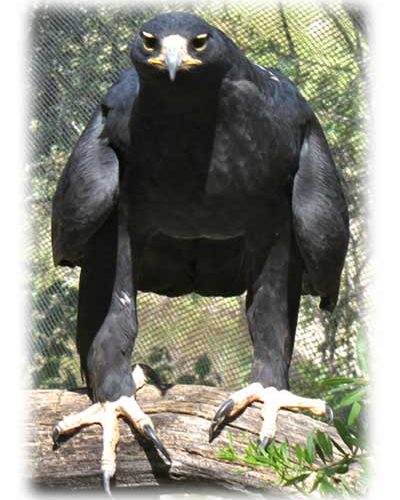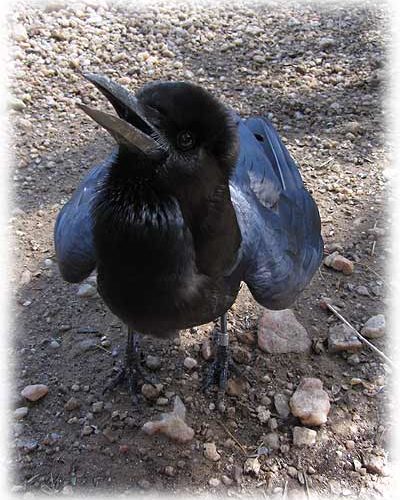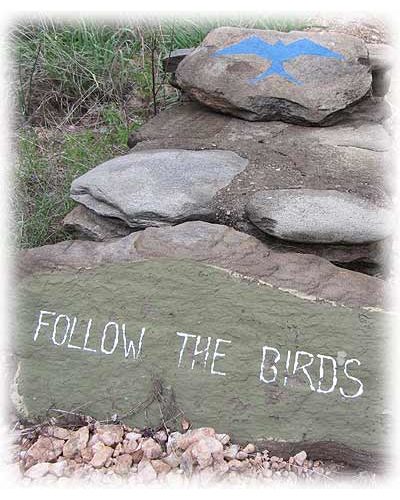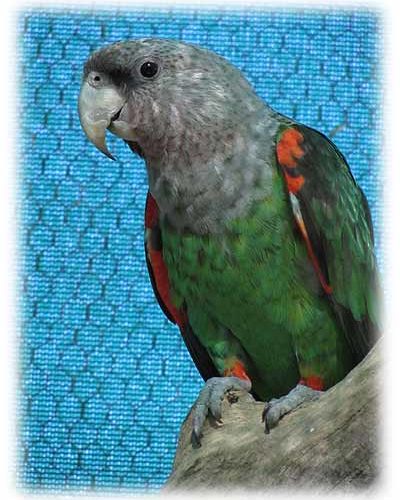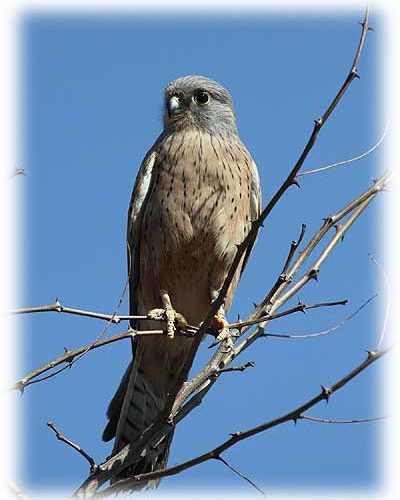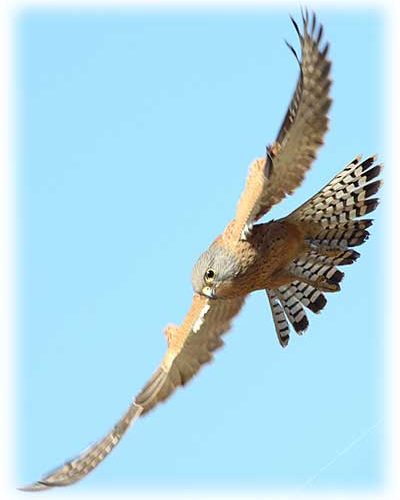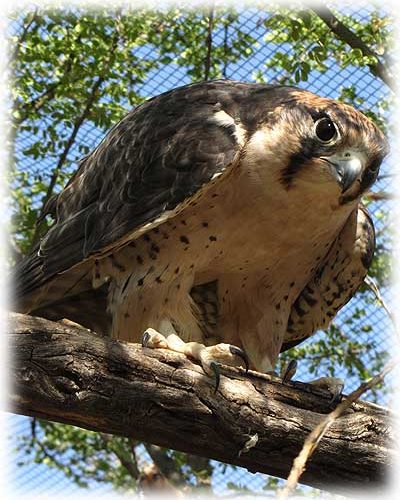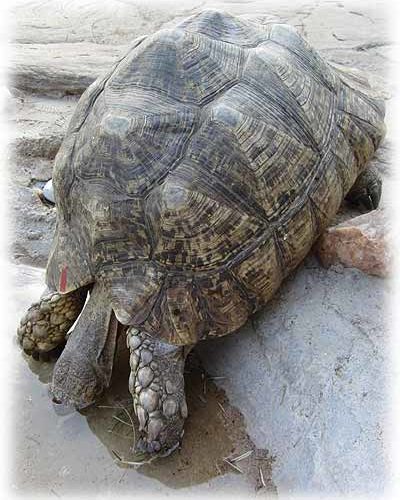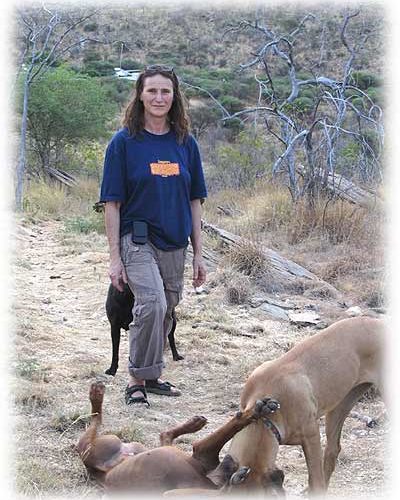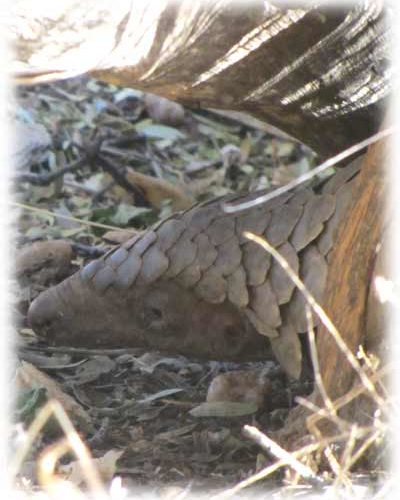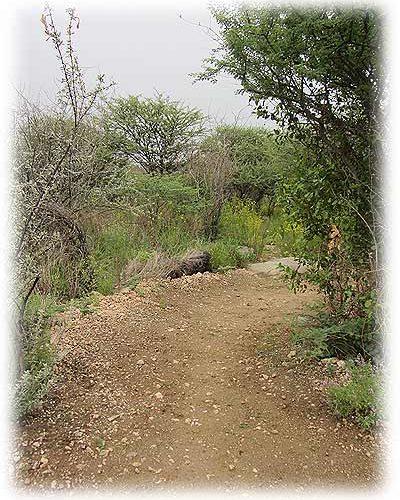More than 25 years ago the Namibia Animal Rehabilitation Research and Education Centre (NARREC) opened its doors for intakes of injured, orphaned and misplaced wildlife. Animal rescue, care and rehabilitation, together with public education, have been NARREC’s mandate over these past years. Although the intake focus has narrowed, NARREC makes every attempt to assist and advise a rescuer in order to secure every animal’s immediate comfort and also to direct the person to the correct facility.
While the safeguarding of the health and welfare of all animals takes priority at NARREC, it has been found that focusing on a specific group of animals allows for the implementation of best practices. NARREC’s focus is on birds of prey, a group that is often at the end of a food chain and that is subject to a number of factors that not only threaten the future survival of their populations but also endanger biodiversity in general. One of the most serious of such threats to biodiversity is the use, misuse and abuse of chemicals. Scavenging birds of prey are especially vulnerable, and in some cases they are severely threatened, even endangered, by pesticides, poisons and some livestock pharmaceutical treatments.
NARREC’s specific actions, always based on promoting cooperation and advocacy, include addressing the issue, creating public awareness and engaging stakeholders in government and non-government organizations. Besides print, radio and television media, a number of booklets and posters have been produced and distributed. These are “Large Birds of Prey – Namibia”, “Owls of Namibia” , “Predators on Livestock Farms in Namibia”, “Bird Ringing – a guide to getting started” and three booklets on “Safe and Responsible Use of Poison and Pesticides”. A separate issue addresses the illegal trade in parrots. NARREC’s poster on “Parrots and Lovebirds of Namibia” is beautifully illustrated for Namibia by the well-known bird artist, Graeme Arnot.
Working with current recommendations from conservation groups, NARREC has promoted and initiated a number of specific actions for vultures. The focus of these actions are safe feeding sites, monitoring and reporting re-sightings of individually marked birds, publicizing information on primary and secondary poisoning, and providing guidelines for the safe retrieval of samples for laboratory analysis at a poison event. A pamphlet, “Vulture Restaurants”, provides basic information on safe practices and importantly lists pharmaceutical products that, if consumed by vultures in a carcass, can be lethal. Posters, booklet and pamphlet information have been reproduced in local publications for livestock and hunting farms.
A vulture re-sightings crowd-map was developed to encourage and facilitate reports of re-sightings of marked birds. A promotional pamphlet on vultures and vulture monitoring, together with car bumper and license disc stickers, aims to increase the potential of re-sightings by the many tourists who visit Namibia and the region. Close to 900 re-sightings are recorded on the map.
In 2016, NARREC will continue to assist individual animals and to disseminate information. Cooperation, advocacy and strengthening of the network between government ministries and non-government personnel will highlight the issue of chemical use that negatively affects biodiversity. This year the aim is to begin with a focus on the newly formed veterinary para-professional group for dissemination of important information concerning pesticides, poisons and pharmaceuticals that are threatening many scavenging birds of prey species.
NARREC does not work in isolation and the generous support of government and non-government persons and organizations that continue to be involved in the ongoing efforts to secure the future safety of our biodiversity is gratefully acknowledged.
Visitors to the NARREC centre are welcome.

